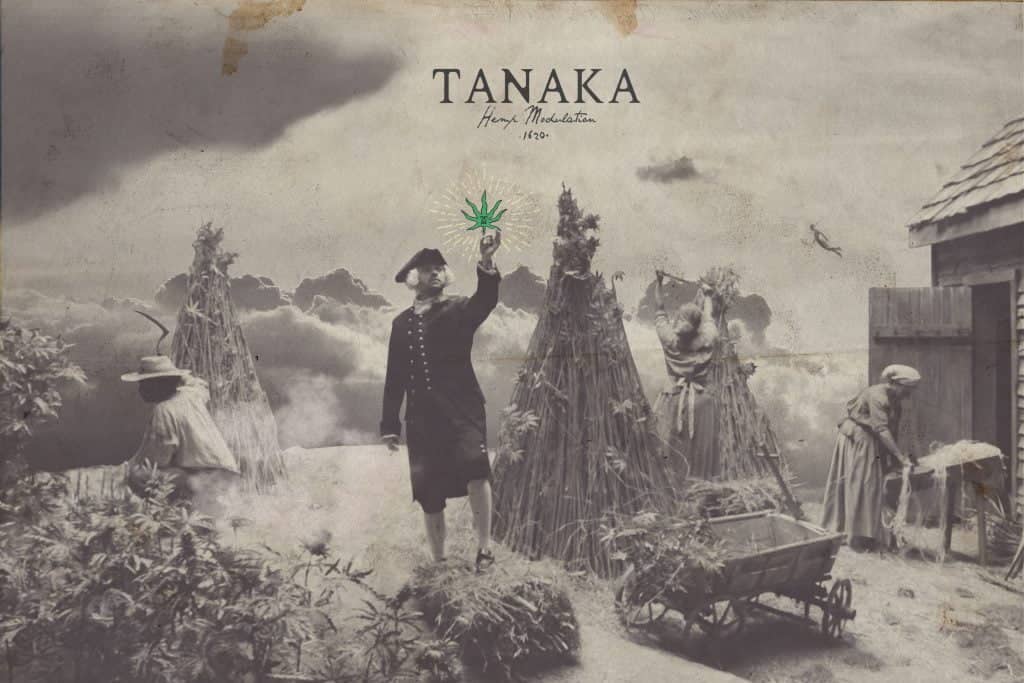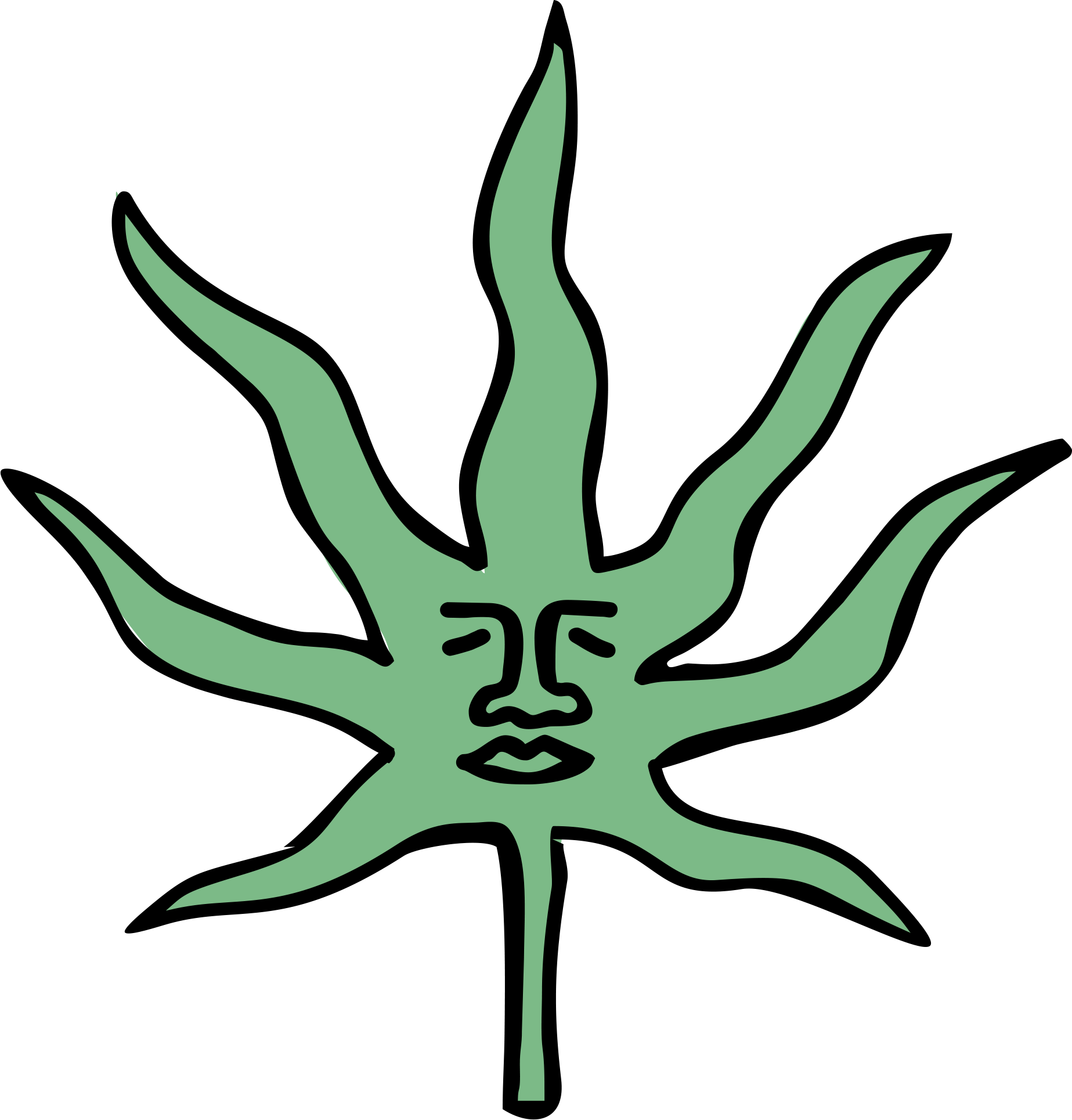ABOUT
TANAKA was born out of a desire for a more authentic, fulfilling and kind approach to fashion — one that doesn’t involve a trade-off between aesthetics and consciousness.
Our products are designed to benefit the earth, our customers and the people we work with. We believe fashion can be a form of social activism and that TANAKA can help create a more positive future.
Founded in 2019 with the conviction that bringing hemp back to the marketplace and into full view of the public was the best way to counter the misinformation and ignorance that has surrounded this plant for years.

WHY HEMP?
Why not! Hemp is actually the “sober cousin” of marijuana. Industrial hemp contains only a tiny amount of the psychoactive component of cannabis. So the only high you’ll get from hemp fabric is the moral high-ground you’ll stand on knowing you’re wearing a sustainable fabric!
Hemp actually has a very long history of being used as a fibre, in fact, it has been cultivated for thousands of years and on almost every continent. It has been used in clothing, ropes and sails – in fact, rumour has it that the word “canvas” is derived from “cannabis”.
Hemp is a type of “bast fibre” which means it’s one of a number of natural fibres derived from the stems of plants such as flax, jute and stinging nettle. The fabric has various natural advantages such as keeping you warm in winter, cool in summer and even protecting you from UV rays.
It’s no coincidence that hemp bears the nickname weed. A densely growing plant, hemp literally chokes out any competing plants. This means harsh chemical herbicides aren’t necessary. Hemp also naturally reduces pests, so no pesticides are usually needed. Amazingly it also returns 60-70% of the nutrients it takes from the soil.
Not only is hemp gentle on the earth, it also requires very little water, especially when compared to cotton, which, according to Slate uses “about 50 percent more water per season than hemp.” But that’s not all. According to the same article, “When you add processing into the equation, cotton uses more than four times as much water as hemp.”
Hemp also requires a relatively small amount of land to cultivate. According to the Guide to Sustainable Textiles, this means it can produce up to double the fibre yield per hectare than cotton.

